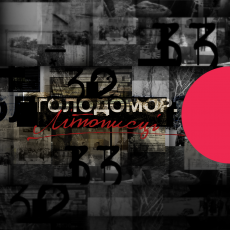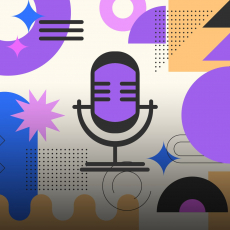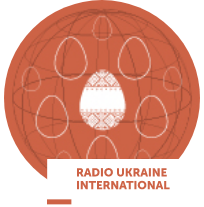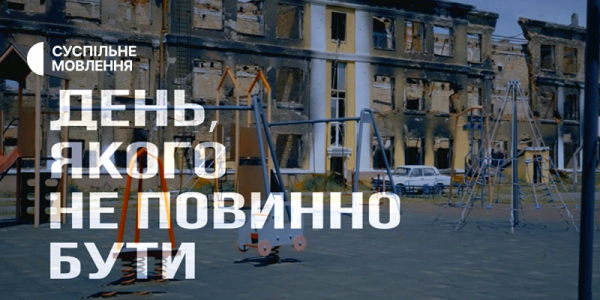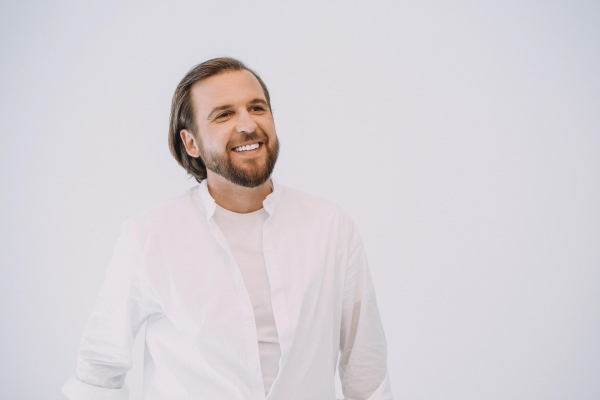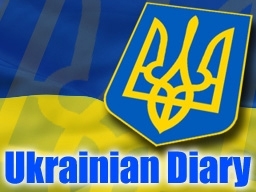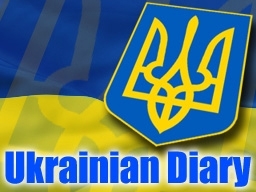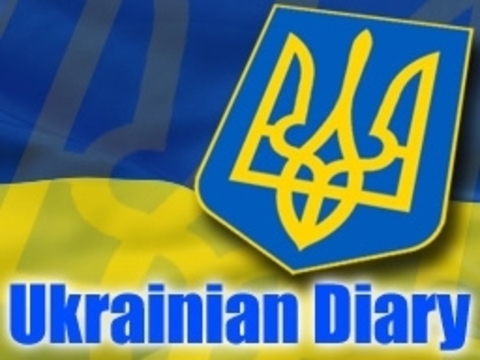Ukraine Commemorated Holodomor Victims
Ukraine and the world commemorated the Holodomor victims in Ukraine on the 25th of November. A unique meeting with people who survived the events of 1932-1933 took place in Kyiv, at the National Museum “Holodomor Victims Memorial”.
This educational and historical center collects and spreads the information about the terrible manufactured famine of 1932-1933. The Stalinist regime used it to break the resistance of Ukrainians, in particular the village population, against the aggressive domestic policy of the Soviet power. As ordered by Stalin and his company in 1932 and 1933, Ukrainians had to forcibly give all the grain harvest, leaving no stock for the next sowing season. Any food was taken away from people, even products that were already unsuitable for use. The villages left without food were often surrounded by military units so that no inhabitant could escape.
The exact number of people killed by artificial famine is unknown, because the USSR authorities classified such statistics, but according to Ukrainian historians and their foreign colleagues, up to 10 million people could die. And these are only those who died directly from starvation, and not from illness, which are related to malnutrition. Today, there are not many Ukrainians who survived the Holodomor, there are only dozens of them alive. Their memories are valuable to contemporaries, first of all, as evidence of criminal Soviet policy. Tamara Bedrenko, witness of the Holodomor, tells her memories, “I remember the Holodomor really well, because they took the forge and took everything to a collective farm, and my mother was in the field, and we were in the cold house. We heated the house with wheat straws and potato plants. The stove saved us from cold, we lay on it. Being very hungry, and very poor. We had no clothes and shoes to wear.”
She survived the manufactured famine in a village in the Kyiv region. Then she was only 5 years old. Another witness – Zinoviy Maslo, who was born in 1922 – remembers that many of his fellow villagers died in 1933. He said, “At the cemetery, which was 100 years old, the fifth part of it, as of today, is occupied only by those people who died during one summer of 1933. Lots of people died in May, June, and July.”
Another witness – Mykola Onyshchenko – survived the Holodomor in the village of Rosa near Berdiansk. He remembered, “We were hungry, but I saw those people who were almost lifeless, they looked terrible, it was hard to look at them. It was depressing, it was scary. We collected the wheat spikes left on fields after the harvest. I collected the spikes, I remember how my mother mashed them - a handful of them. It was not even allowed to collect spikes, there were special observers who showed us out of the field.”
After the destruction of the silence wall around the Holodomor, in the 1980's, hundreds of memories of people who survived the 1932-33 were recorded in Canada and the United States. However, the most comprehensive evidence base for the recognition of the Holodomor as genocide is concentrated in Ukraine and post-Soviet republics.
Donbas – Situation Sharpened Due to Interior Conflict in the Occupied Luhansk.
The situation in the temporarily occupied areas of Donbas has sharpened due to the a conflict between the leaders of the so-called “Luhansk People’s Republic”. The conflict between the militant leaders of the so-called "Luhansk People’s Republic" Ihor Plotnitsky and Ihor Kornet broke out on the 21st of November. Militant leader of the so-called "Donetsk People’s Republic" Oleksander Zakharchenko and Russia’s FSB were also involved in the confrontation.
In response, Russia directed additional military equipment to the territory of Ukraine. In particular, there were reports about a column of Russian tanks that illegally crossed the Ukrainian border in the Luhansk region. The OSCE mission reported on a military column in the Donetsk region, which was moving towards Luhansk. Later on, Dmytro Tymchuk, memeber of the Verkhovna Rada and coordinator of the "Information Resistance" organization, said that a Russian private military company arrived in advance in order to stop the confrontation between the leaders of the self-proclaimed "Luhansk People’s Republic" by a military aircraft from the Russian Alchevsk to Luhansk. Later it was informed that Ihor Plotnitsky, leader of the self-proclaimed Luhansk People’s Republic, fled to Russia.
Тhe Ukrainian Armed Forces are ready for any developments in eastern Ukraine in order to guarantee the security of the civilian population in occupied Luhansk. This was emphasized by Ukraine’s President Petro Poroshenko due to the aggravation of the situation in occupied Luhansk.
Ukraine Marked day of Dignity and Freedom
November 21 marked the Day of Dignity and Freedom. On this day Ukrainians commemorated the events of both Orange revolution of 2004 and Revolution of dignity of 2013-14. In 2013, protests started on November 21.
It has been 4 years since the course of modern Ukrainian history took a dramatic turn. Mass protests, called Euromaidan, broke out last November after the Government had withdrawn from finalizing the association deal with the European Union. The Euromaidan revolution toppled autocratic leader Viktor Yanukovych.
But no battle comes without cost. This victory over the corrupt Yanukovych’s regime came at a high price in blood – the death of more than a hundred of peaceful protesters, most of whom were shot dead in the streets of Kyiv in the final days of protests. Ukrainians call the victims of bloody attacks the Heavenly Hundred, in reference to self-defence volunteers who grouped into “hundreds” to fight off the regime’s attempts to suppress the uprising for a better future of this country. To many Ukrainians these deaths came as a shock. This sacrifice has made such deep and lasting impact upon the nation giving it a new hope and new pride.
Another deadly conflict sparked right after the victory of the Revolution of Dignity. Moscow responded to Yanukovych’s downfall by seizing control of Ukraine's Crimean Peninsula in March 2014 and fomenting separatism across much of the country - one of the causes of a war that has killed more than 10,000 people in eastern Ukraine since April 2014. When Russia violently attacked Ukraine the best and the bravest Maidan activists went to the frontline. Volunteer battalions have inscribed themselves in pages of the Ukrainian history with their blood shed for their Homeland. President Petro Poroshenko addressed the Ukrainian people on the occasion of the Day of dignity and freedom, saying, “Today Ukraine marks the Day of Dignity and Freedom. It was four years ago, when our youth, our students became the first who came to the Maidan with a demand not to turn away from the European path. This patriotic impulse of the young generation evoke a strong response in the hearts of Ukrainians. Millions of Ukrainians flooded the streets and squares of the capital and many other cities. The Revolution of Dignity has become yet another proof of our people’s pulsing desire for freedom and independence.”
That winter Ukrainians remembered what it was like to be bold and fearless, passionate and determined, independent and at the same united with the whole nation paving a new path for themselves and generations to follow. Within months Euromaidan has evolved into something much bigger than just a site for protests. It turned into a prototype of a new country with many grass root initiatives incorporating traditional and new social values.
Many events are hosted across the country to commemorate the date. Activists invite all Kyivites to once again come to the St. Michael's square to listen to the bells of the St. Michael's Golden-Domed Monastery that rang the alarm to alert the sleeping city during the revolution so many times that this toll became a wake up call for the whole country. People are also asked to come with their own bells. The sound of bells symbolizes the urge to take action and build the country.
In memory of the fallen Euromaidan heroes a memorial museum will soon be opened. The museum will commemorate those Maidan participants who stood without arms, defying the corrupt government of Victor Yanukovych.
